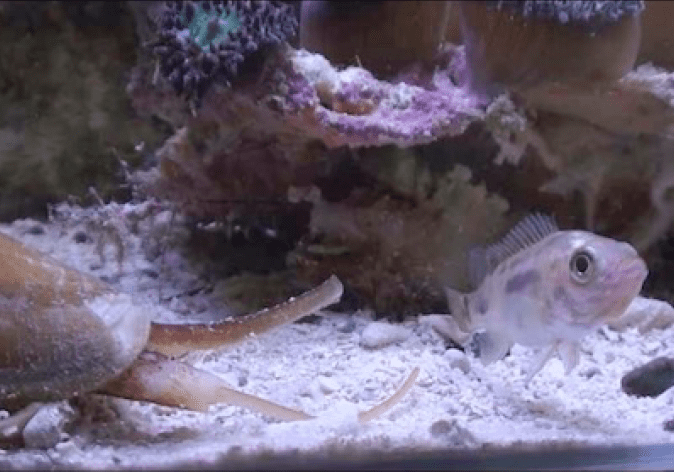Health
Fast acting snails helping further insulin research at University of Utah

Cone snails collected from the Solomon Islands. Photo: Helena Safavi.
SALT LAKE CITY — While known for living their lives in slow motion, a certain breed of snails is helping scientists at the University of Utah, Stanford University and the University of Copenhagen create faster and better injectable insulin for patients.
Considered an ocean-dwelling predator, the fish-hunting cone snail can drop the blood sugar of its prey so precipitously that it quickly becomes paralyzed and defenseless. That phenomenon has inspired scientists to utilize the snails fast acting methods in order to help individuals with diabetes.
“There was always this idea that if one could design a very rapidly acting insulin analogue, one could get much better control of blood sugar levels in people with diabetes,” says Helena Safavi, PhD, and biologist at the University of Copenhangen.
Usually, human insulin is produced and stored in the pancreas until it is needed to manage blood sugar and energy levels. To facilitate efficient storage, individual molecules of insulin join together, linking up first into pairs, or dimers, and then into groups of six. But for people who rely on insulin injections, the molecule’s tendency to pair up is an impediment. Insulin can’t make its way from the injection site to the bloodstream until clustered molecules dissociate. This creates a delay that can create issues for people with diabetes to keep their blood glucose within the optimal range, increasing the risk of complications.
The cone snails’ venomous insulins, which were first discovered by Safavi in a species called Conus geographus as a postdoctoral researcher in the lab of University of Utah professor Baldomero Olivera, grasped the research team’s attention due to that fact that they don’t form these clusters.
“The cone snail doesn’t need to have insulin for storage. It wants to have something that very quickly acts to paralyze fish,” Safavi said. “And when we looked at the insulin, we found that it doesn’t come together in six insulin molecules. It’s just a single insulin that acts in the fish prey.”
Since that work started, some insulins that form fewer clusters than natural human insulin have become available to patients. Notably, while the therapeutic insulins do form pairs, they separate more readily than human insulin.
In 2020, a team led by Vice Dean of Research for University of Utah School of Medicine, and Stanford protein chemist Danny Hung-Chieh Chou, Ph.D., achieved the same shift to the monomeric form by incorporating a few key molecular features of Conus geographus insulin into human insulin.
Approximately 150 species of cone snails feed on fish, and each species makes its own distinct brand of toxins to paralyze its prey. By exploring a U of U collection of cone snail venoms, Safavi found several that contained insulin-like molecules. Surprisingly, one of those venomous insulins was structured differently from the insulin made by Conus geographus, despite also being fast-acting and cluster-free.
Once the team realized Conus kinoshitai’s unique biochemical tactics, Chou applied that knowledge to create a new hybrid insulin. The new molecule maintains the ability to bind to the human insulin receptor but does not form clusters, just like the original Conus geographus-inspired insulin.
Chou stated that at this point, the two hybrid insulin molecules, each based on venom from one of the two cone snail species, hold similar promise as potential therapeutics.
As research continues, an understanding of exactly how the two molecules interact will help guide further development of potential fast-acting insulins.



















